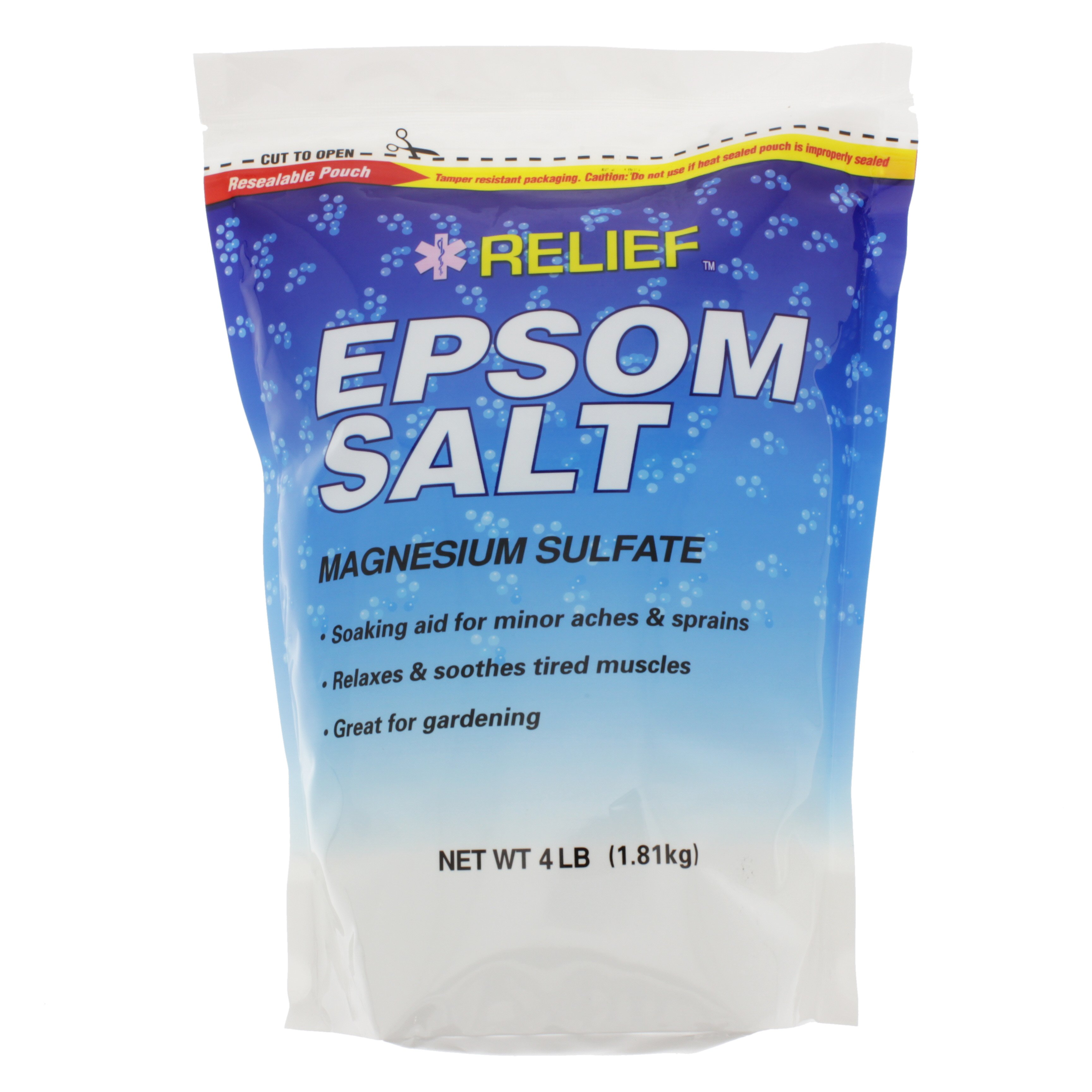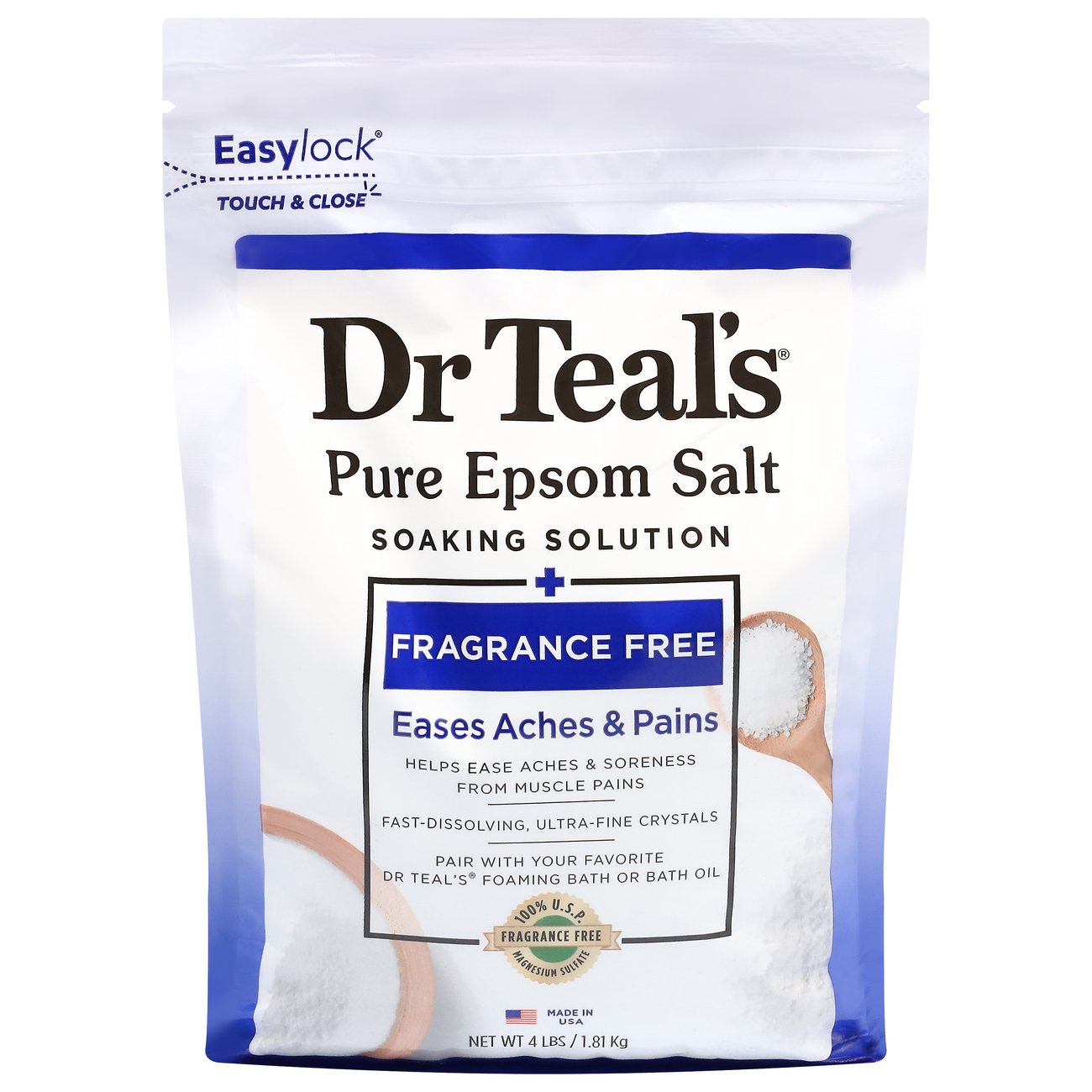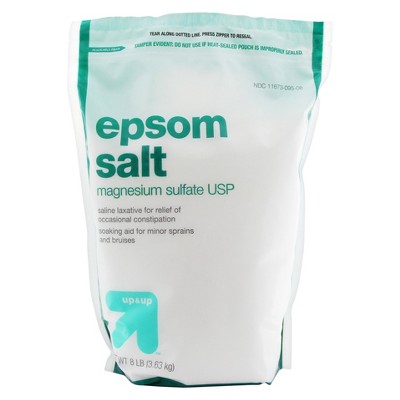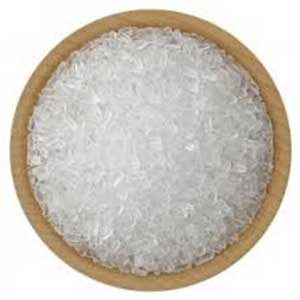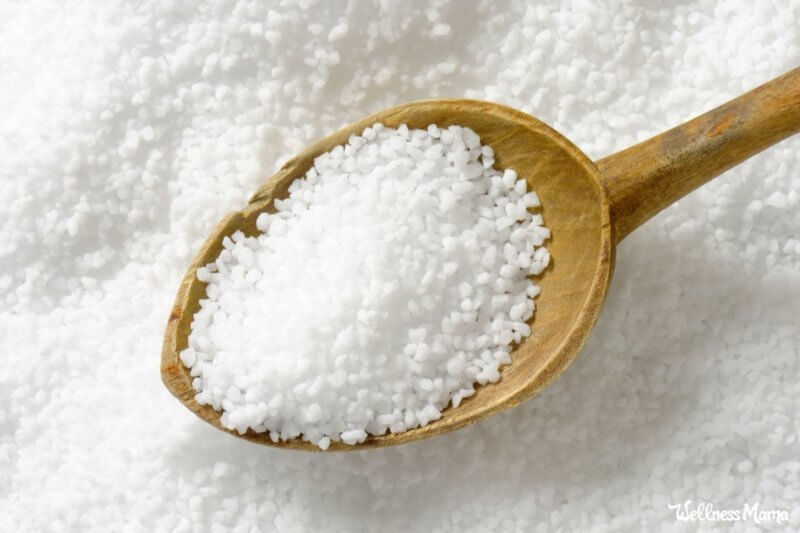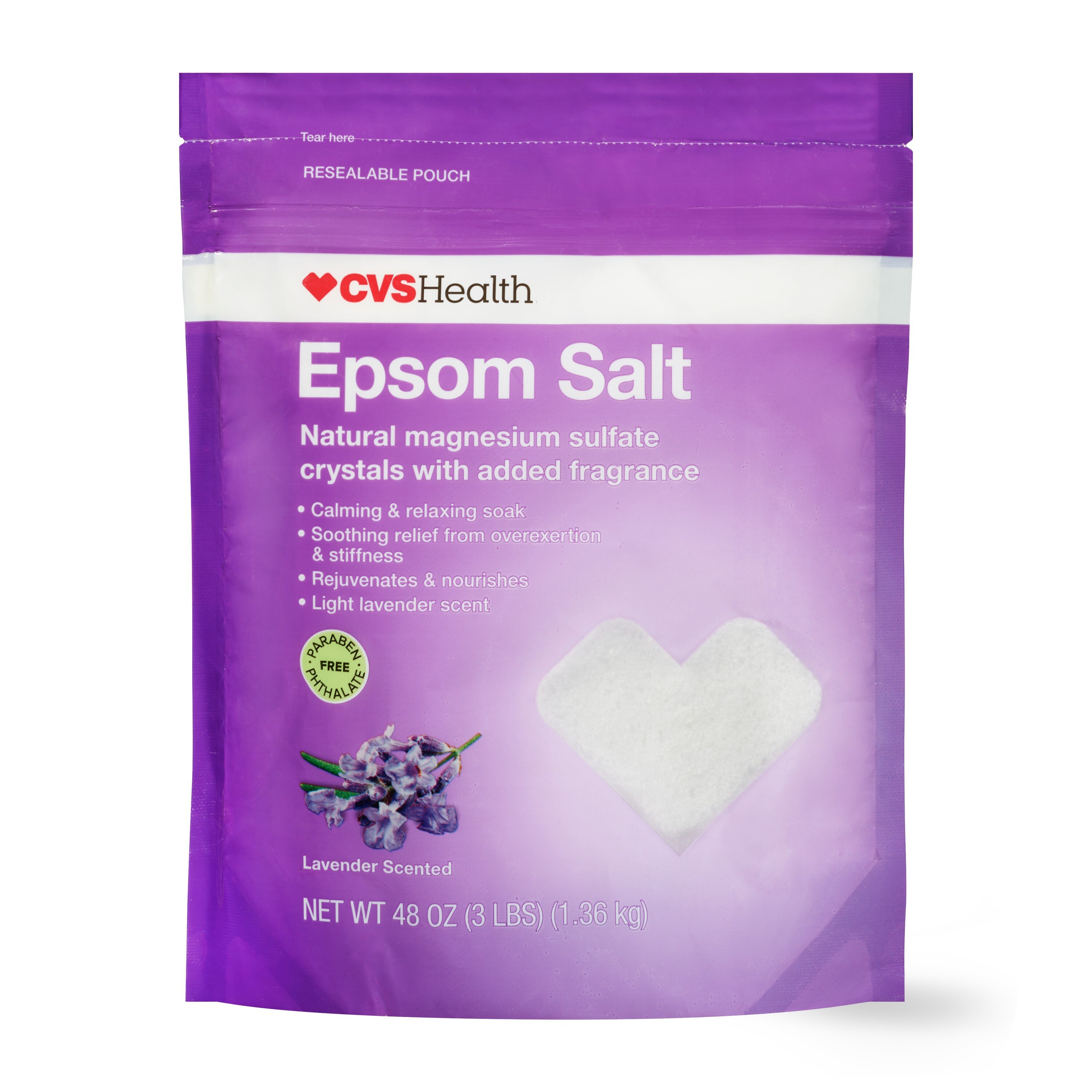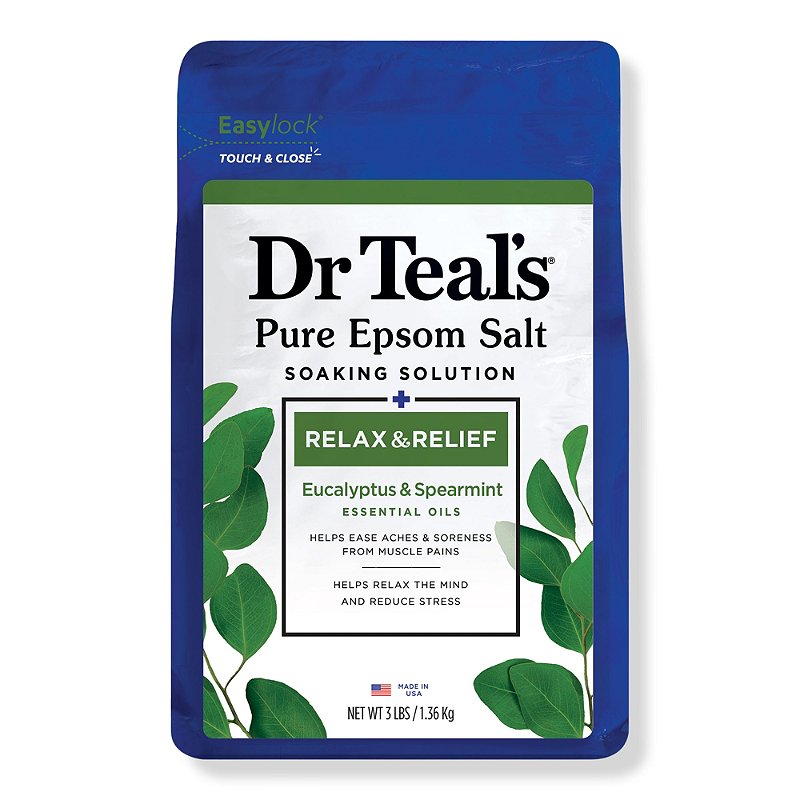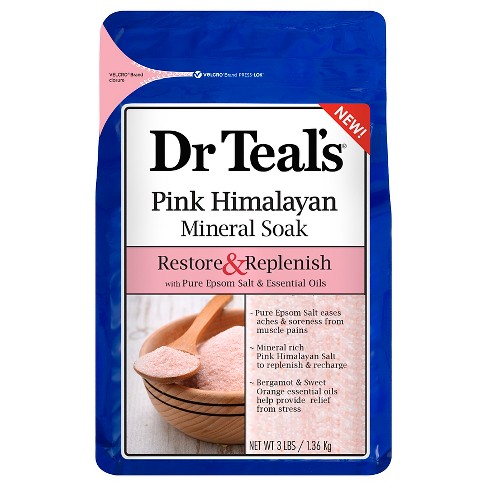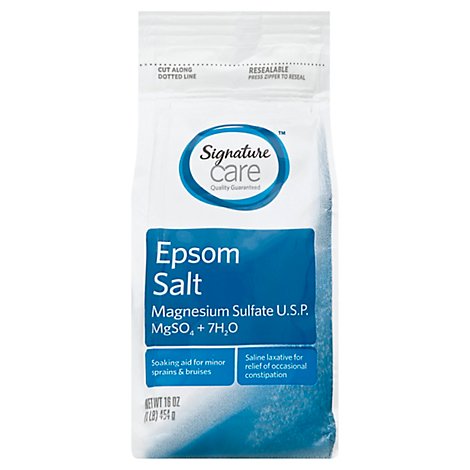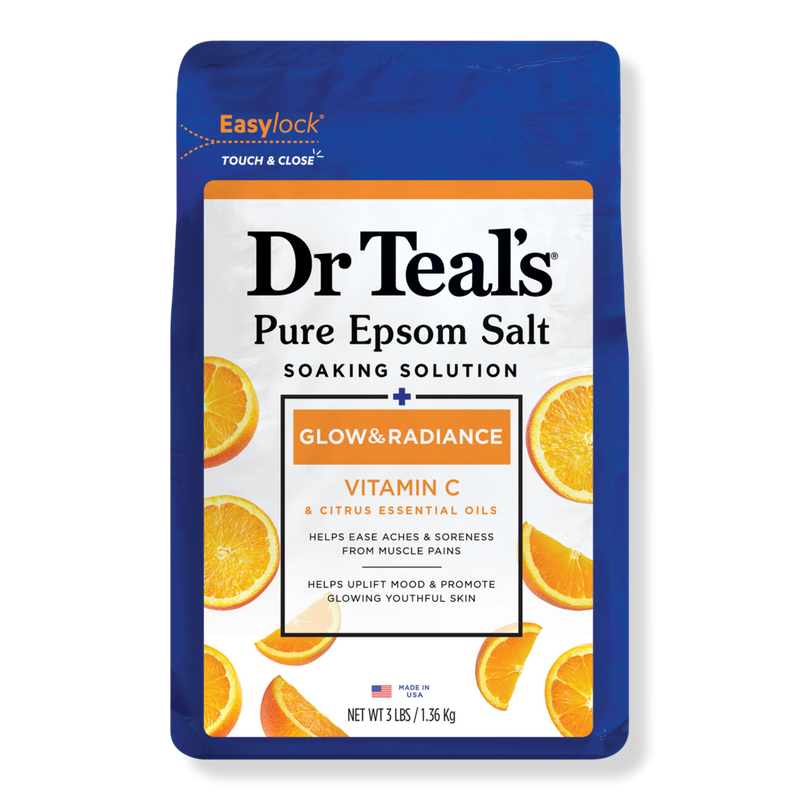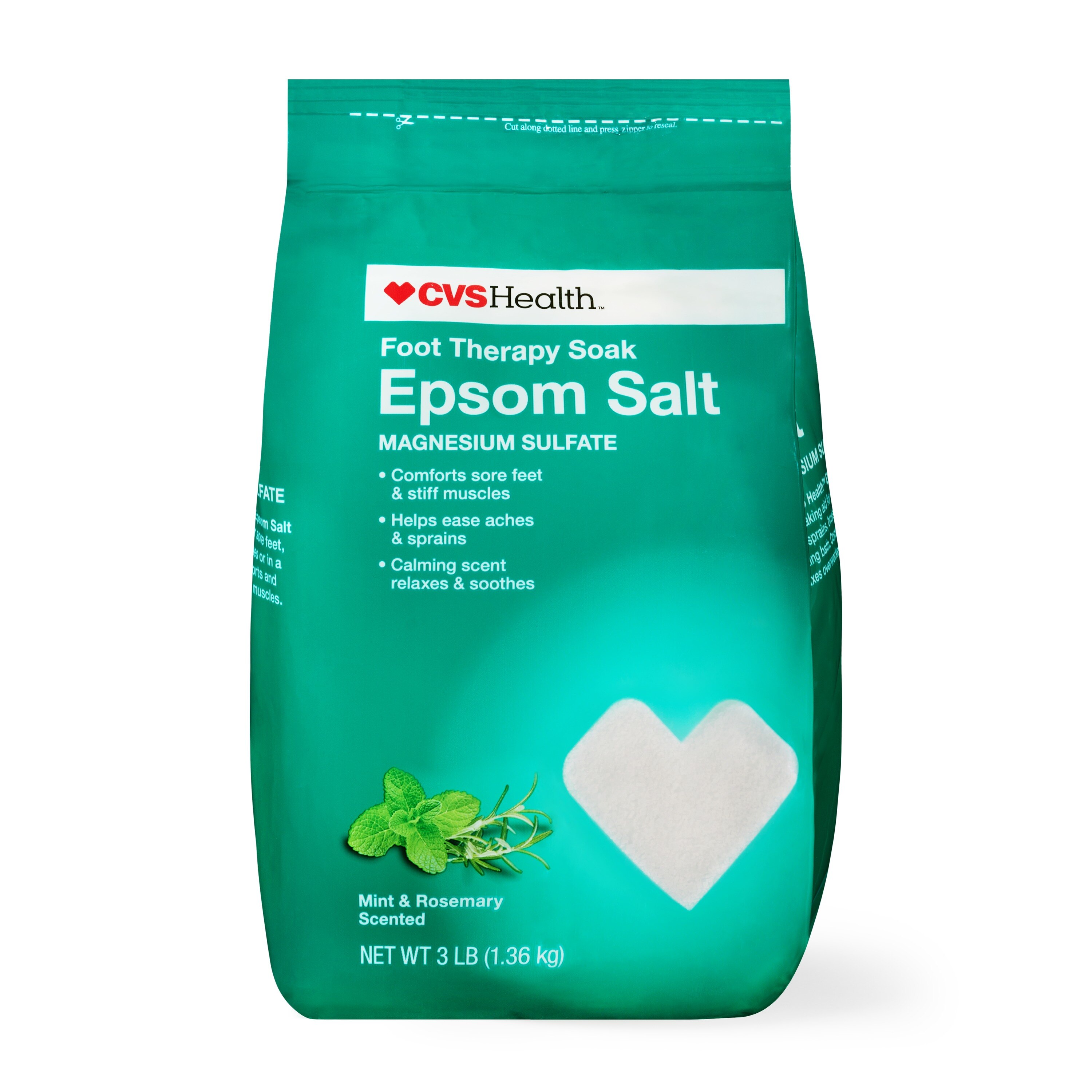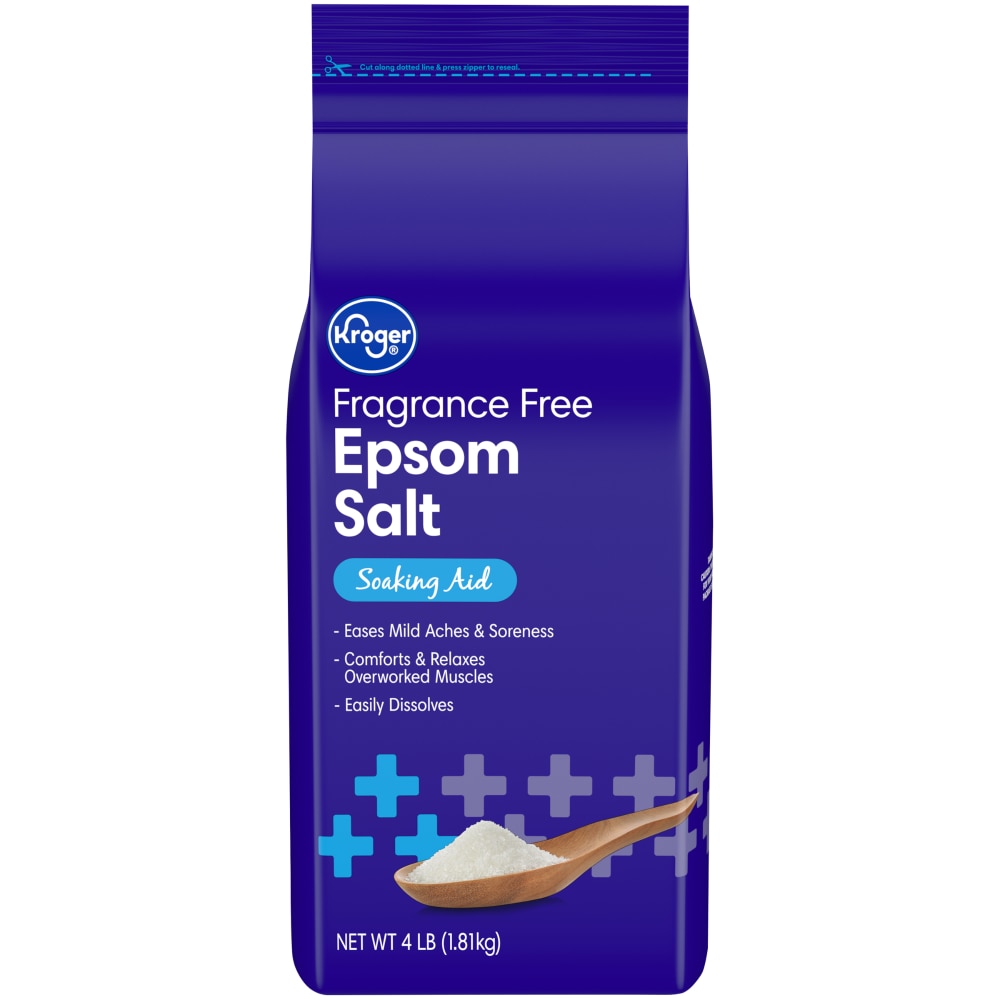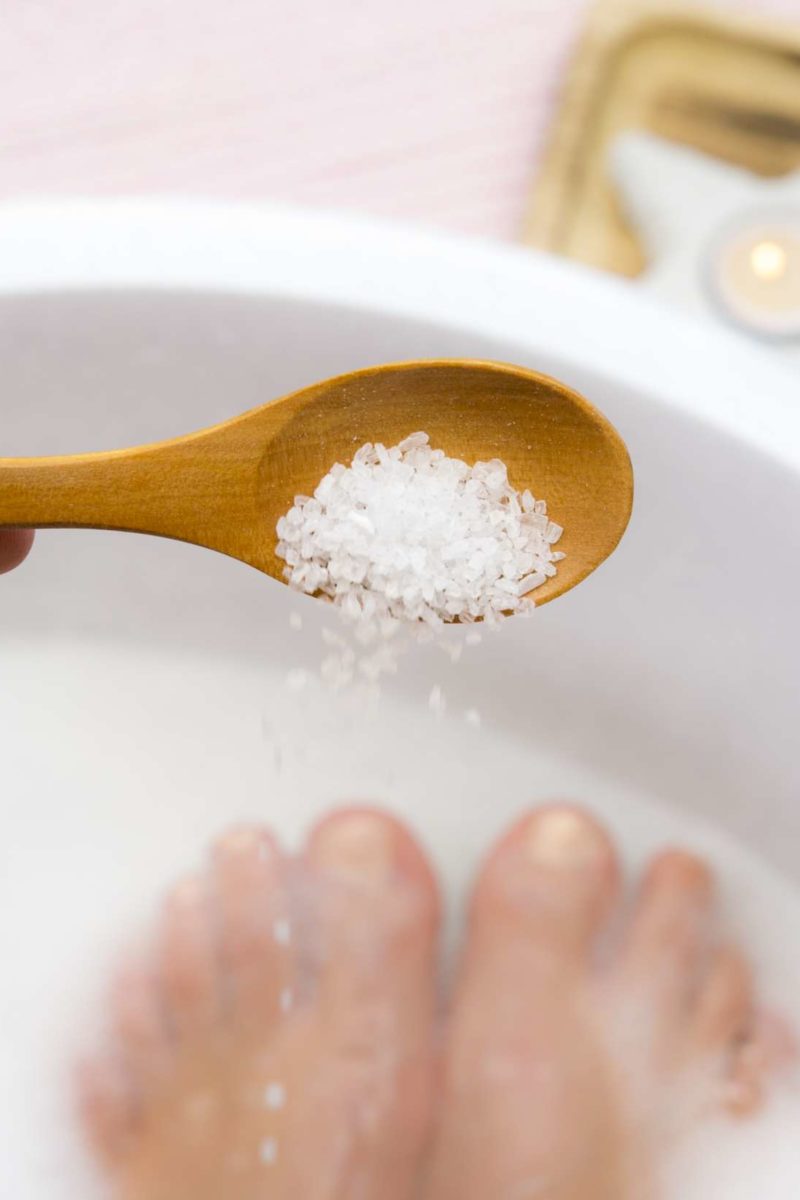Epsom Salt
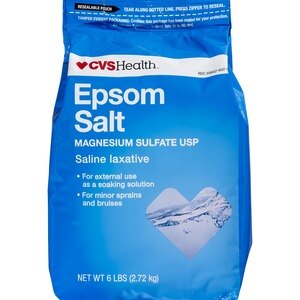
Such baths have been claimed to also soothe and hasten recovery of muscle pain soreness or injury.
Epsom salt. It s called a salt because of its chemical structure. Epsom salt is a popular remedy for many ailments. It s also affordable easy to use and harmless when used appropriately. People have used epsom salt for hundreds of years to treat a variety of ailments including pain.
For a standard sized tub use the amount suggested on the package usually 1 to 2 cups or the amount recommended by your doctor. Using too much epsom salt can cause serious life threatening side effects. People use it to ease health problems such as muscle soreness and stress. Magnesium sulfate is used both externally as epsom salt and internally.
We ve interviewed many people featured on this site award winning doctors best selling authors gardening experts researchers a two time olympian and specialists who have worked with celebrities for beauty and fitness all of whom describe the uses and benefits of. One story about magnesium sulfate s takes place in the epsom region of england. The epsom part is a place in england where it s found in natural. Do not use epsom salt as a laxative without medical advice if you have.
Still m any gardeners love using epsom salt for tomatoes roses and peppers and some people find it increases plant yields. Epsom salt is generally. Add the epsom salt while the water is running to help it dissolve. Epsom salt is known to enhance the vibrancy of plants.
Despite the name epsom salt isn t like the stuff you put on your fries. Epsom salt is a natural remedy that may help relieve muscle pain inflammation and constipation. Epsom salt is actually magnesium sulfate a pure time tested mineral compound with dozens of uses. During a drought in 1618 a local cow herder named henry wicker.
Some suggested ways to use epsom salt for plants include. What is epsom salt. Epsom salt is a natural compound that contains magnesium sulfate and has a crystallized structure. Epsom salt s chemical name is magnesium sulfate.
Severe stomach pain nausea vomiting a perforated bowel a bowel obstruction severe constipation colitis toxic megacolon or a sudden change in bowel habits that has lasted 2 weeks or longer.



